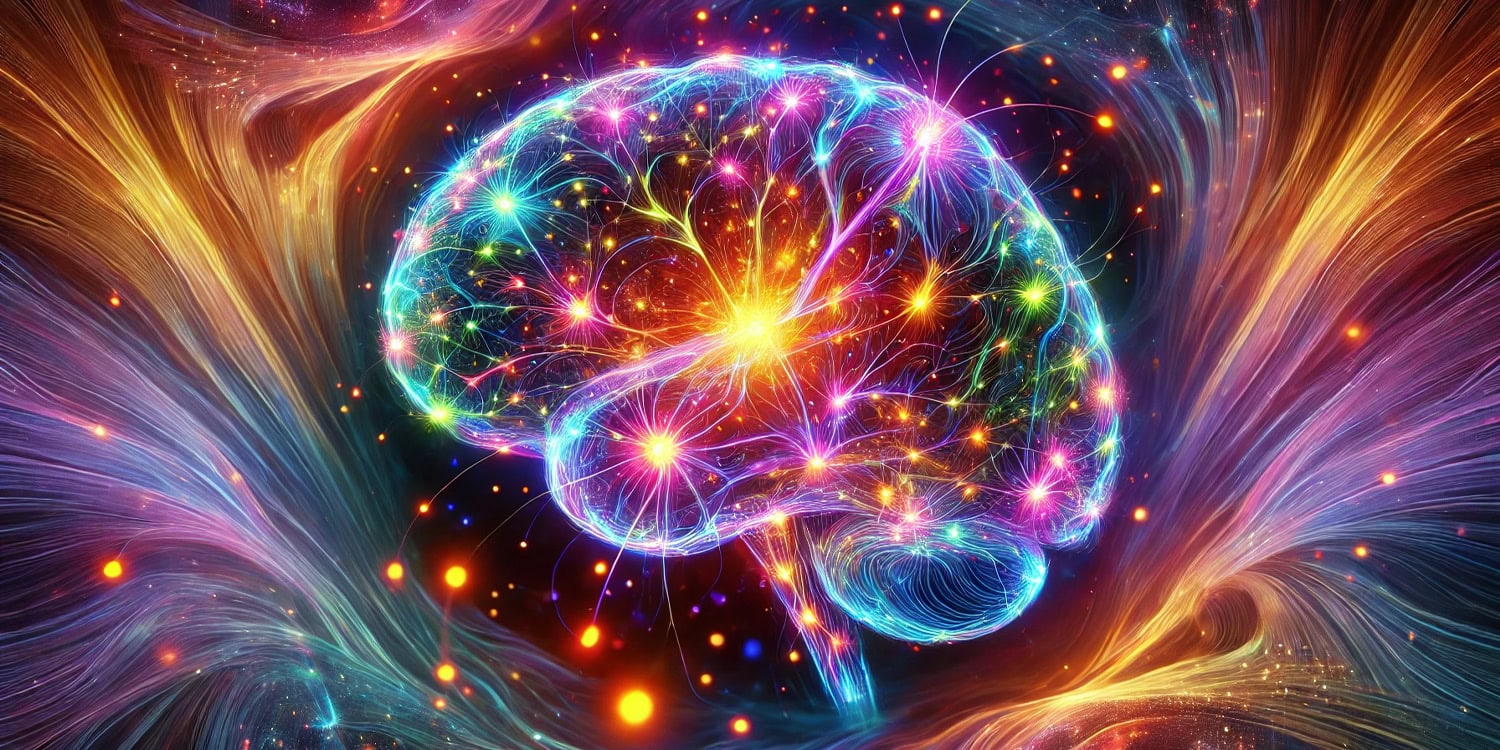Many studies have suggested that psilocybin, the active ingredient in magic mushrooms, might be useful in treating a variety of mental health conditions. But we don’t really know what’s going on at the level of “functional brain networks” – the communication pathways that connect different regions of the brain.
To get a better understanding of this, researchers at the Washington University School of Medicine in St. Louis scanned seven healthy participants’ brains multiple times, before, during and after ingesting psilocybin. They recently published their findings in Nature.
Each participant in the study had their brain scanned an average of 18 times. The scans (using fMRI, which measures blood flow changes in the brain) revealed that the connections within established brain networks were disrupted, while the communication between networks was increased. In other words, the unpredictability of the ordinary information processing in the brain increases under psilocybin. The psychedelic brain becomes disordered.
There is much to like about this new study. What makes it particularly novel is the rigour and high quality with which the research was conducted. Anyone who has ever conducted an fMRI study knows how time-intensive and expensive they are to run – add to that the complexity of dealing with participants who are tripping. The study should also be commended for its use of an “active control” (a stimulant drug).
The researchers found that in the days and weeks after the psychedelic experience, enduring brain changes were observed in connections between the hippocampus (a part of the brain associated with short-term memory) and the default mode network (a network of brain regions that is active when a person is at rest and not focused on the external environment). These short-term changes could underlie the neuroplastic (the brain’s malleability) and therapeutic effects of psilocybin. As such, this study fits well with the renewed interest in psychedelic-assisted therapy for treating anxiety, depression and addiction.
However, because the study only included healthy volunteers, it is unclear if the findings apply to patients – those who might benefit from psilocybin-assisted psychotherapy.
Also, most of the findings were based on repeated observations of just six participants (as one participant dropped out of the study). As no information is provided about the prior experiences of these participants with psychedelics, there is a risk of “selection bias”, thereby further limiting our ability to generalise these findings to a broader population.
A couple of other problems pose further constraints on the inferences that can be drawn. Although the study used an active placebo – not just an inert sugar pill – they did not provide any information about whether the participants and the researchers might have been able to tell if psilocybin or a placebo was administered once the experiment started.
This is very likely to happen and a common problem in psychedelic studies: due to the psychoactive effects of psilocybin, the double-blind procedure (where neither researchers nor participants know who is on the real drug and who is on the placebo) simply does not work. This causes a problem because we know, based on earlier research, that mystical-type experiences can also be induced through placebo effects.
As such, it is unclear to what extent the observed differences in brain activity are due solely to the drug or also related to participants’ beliefs and expectations about the effects of psilocybin.
Many of the authors report conflicts of interest. This is not a red flag per se, but some of the conflicts of interest are directly related to the commercialisation of the neurotechnologies (such as the use of precision fMRI for therapeutic purposes) used in their study. And from the paper, it isn’t clear how a risk of potential bias has been mitigated.
There also appear to be deviations from the study protocol, that is, its methods, primary aims and what is reported in the paper. For instance, a secondary objective of the study was to measure long-lasting changes in the participants’ wellbeing – measured using the persisting effects questionnaire. These findings, had they been reported, might have told us something about the clinical relevance of being dosed with psilocybin. Unfortunately, though, no data on this questionnaire can be found in the paper.
Questions remain
At first sight, the changes in brain patterns seem impressive, but it is not immediately clear what these fancy brain images exactly entail. What is missing from the picture is subjective self-reported data. Only such data can help us clarify what the changes in neural connectivity reflect.
Important questions that remain are: what does it mean for a person to have a brain that becomes more disordered? And what is the relationship between the changes observed in brain activity and how people feel and flourish in their lives?
To answer these questions, we need to open the black box of neuroscience, for instance, by incorporating new methods that allow us to bridge the gap between “objective” brain data and “subjective” human experience.
Only when the weirdness of the subjective psychedelic experience is put back in the brain picture, we will be able to tell if it was indeed worth it to scan the hell out of all those participants. Until then, we should be cautious not to raise high hopes for desperate patients, based on the compelling nature of colourful pictures.
This article is republished from The Conversation under a Creative Commons license. Read the original article.




